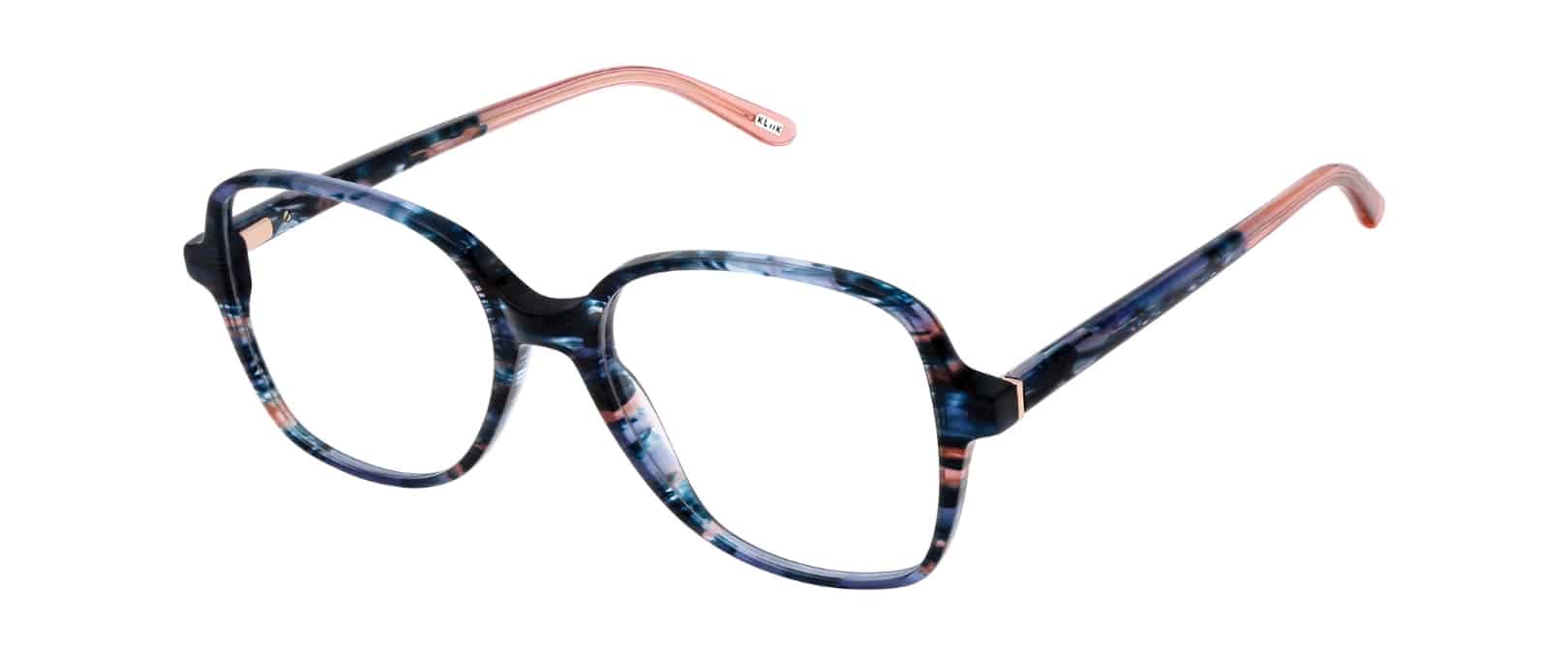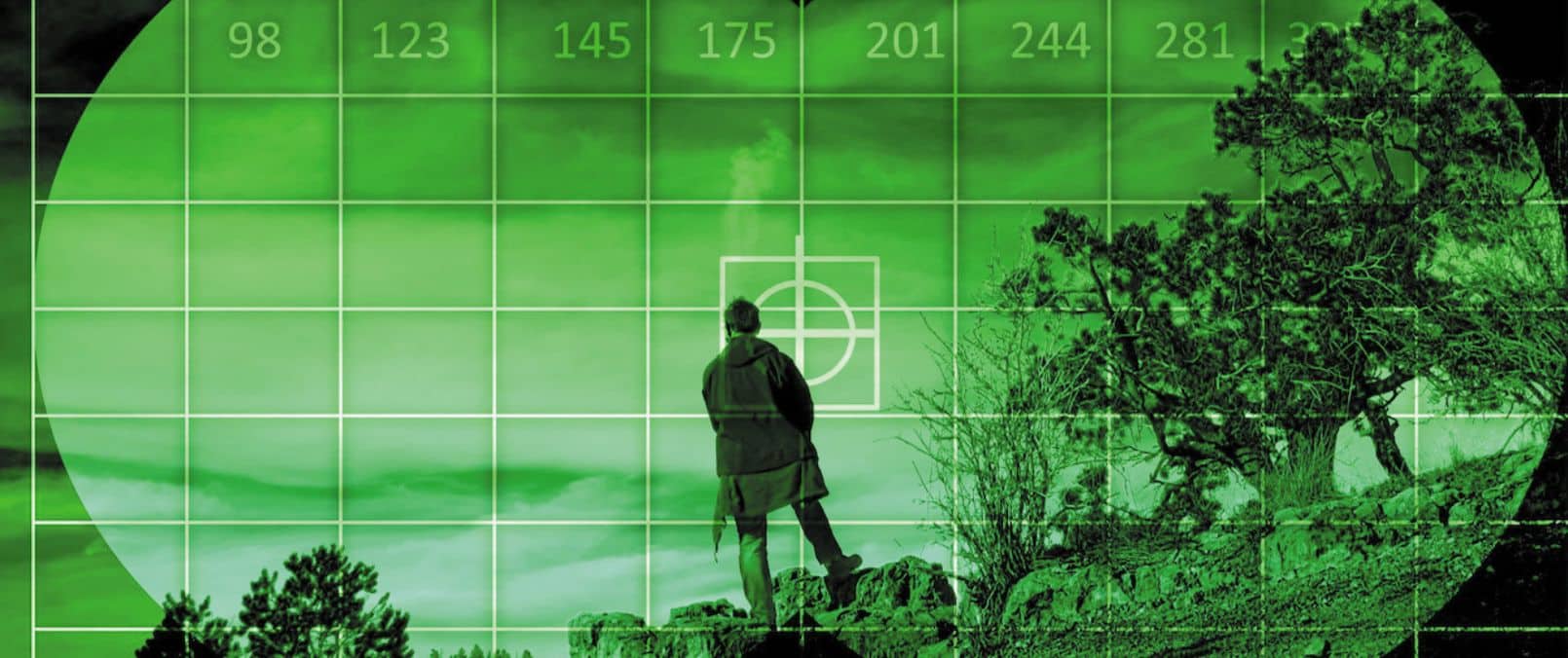Diagnosing Diabetic Neuropathy with Tears
Thursday, July 13 2017 | 00 h 00 min | Vision Science
A new article in Optometry and Vision Science explores using a noninvasive method to detect corneal nerve damage caused by diabetes.
Diabetic neuropathy affects around 60-70% of diabetics, and there is currently no known treatment for reversing the nerve damage. In some cases neuropathy is very painful and the resulting ulcers may even require lower limb amputation. This makes early detection and identification of those at risk extremely important, but current tests for diabetic peripheral neuropathy, such as a skin-punch biopsy, are invasive and non-repeatable.
The nerves in the corneal can easily be imaged non-invasively using confocal microscopy, and research has shown that corneal nerve fiber density can predict the onset of diabetic neuropathy.
Maria Markoulli, PhD, a researcher at the University of New South Wales, found that the tear film of diabetic patients contained lower levels of “Substance P”, a chemical marker involved in the maintenance of the cornea and wound healing, in diabetics compared to the control group.
Markoulli’s team found a correlation between levels of substance P in tears and corneal nerve fiber density. “The positive correlation between substance P and corneal nerve density indicates that substance P may be a potential biomarker for corneal nerve health,” writes Markoulli.
Using levels of Substance P in tears may become a useful non-invasive method of detecting diabetic peripheral neuropathy and identify those most at risk before irreversible nerve damage takes place.
Click here to read the full article at OVS.







